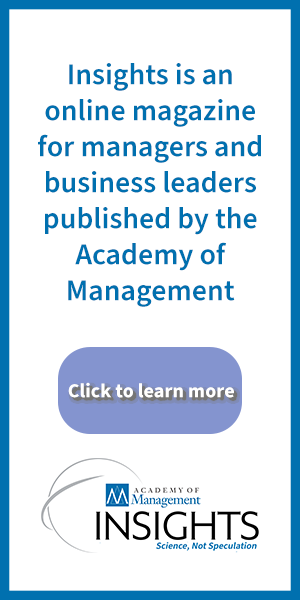Published on: July 8, 2025 at 3:54 pm
Professionals interact in complex ways with one another on social media that we’re living in. Technology is blurring the boundaries between work and home and changing the ways that peers establish relationship boundaries and how bosses communicate with colleagues.
Academy of Management Scholar Nancy Rothbard of the University of Pennsylvania said that something as simple as accessing Facebook, Instagram, X, and LinkedIn on their phones all day is affecting the ways interactions and connections with people happen during—and after—work. The pressure to connect with clients, members, colleagues, peers, and even bosses via social media, along with expectations that say something interesting, but nothing controversial or off-putting, can create a real bind.
“It’s really complicated, because on the one hand, it is a huge asset to be able to connect with these people in various ways—think about your social networks and how LinkedIn and other sorts of connection technologies make sure that you’re networking,” Rothbard said. “We’re taught that you have this low-level connection to lots of people—more people than you could ever connect with personally face-to-face, so there’s lots of positives to online social media and how that connects us to other people.
“But there are also real risks that are associated with the boundaries that become blurred in these contexts, for example, people at work learning something about you that you don’t want them to know, and they see you in a different light as a result, and you might worry about how that would reflect on you professionally,” she said.
“People are really uncomfortable with that across organizational hierarchy, but when they connect with people online through these technological platforms, they do expect some level of personal disclosure—they don’t like it when someone doesn’t ever post, because then they think that there’s something wrong or that person is spying on them, if they’re not disclosing anything personal about themselves.”












